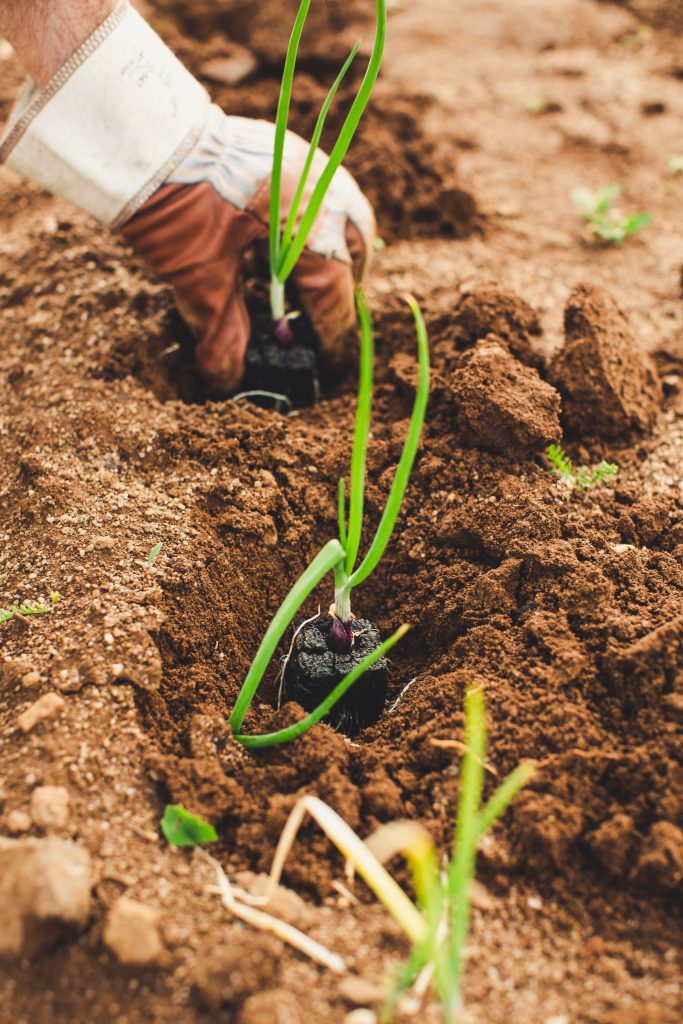Grass Roots
From the book Braiding Sweetgrass:
“Sweetgrass is best planted not by seed, but by putting roots directly in the ground. Thus the plant is passed from hand to earth to hand across years and generations. Its favored habitat is sunny, well-watered meadows. It thrives along disturbed edges.”
I had been thinking of Lent, of ashes, of impoverished lives which have only an impoverished church to bring solace, comfort, and insight into how we can resist our persistent temptations to destroy community and devastate the earth. I was thinking also of young people alienated from a church that does not speak to them, that excludes them based on gender from the nourishment of full participation in sacramental life, that barricades them with archaic and meaningless traditions.
My thoughts were obviously very Lenten. It was promising to be a long, hard season.
Then I reread the opening to Robin Wall Kimmerer’s Braiding Sweetgrass again and found there the sparks of new possibilities. Effecting change from the bottom up is not a novel idea for creating a new church for a new day, but there was something about her emphasis on, rather than sprinkling seeds, planting roots, “hand to earth to hand” again and especially about how those roots flourish best “along disturbed edges” that helped me rethink how we might find our way to springtime rebirths and to home. The term “grassroots” suddenly resonated in a new way.
Here’s an example. A few years ago, my grandson had to design, plan, coordinate, and manage a community service project in order to earn his Eagle Scout badge. He chose to create a children’s garden in the back of our parish church which is located in a low income, diverse neighborhood in the inner city. Our church hosted and partnered in ministry with a neighborhood organization that provided meals, health, legal, and social services to the needy and homeless and ran a summer camp each year for children on its mostly macadam back courtyard and small grassy yard.
My grandson and the helpers he recruited and directed built raised bed gardens and planted them with vegetables and herbs the children could learn to tend. As an added benefit, the garden would provide fresh produce for the Parish Hall dining room where a cook and volunteers provided meals to families and single poor and homeless people in the area. At this point in his life, my grandson had decided that even our lively, progressive, inclusive Mass was still too traditional to speak to him and had asked that he be allowed to volunteer in the kitchen preparing food for the poor instead. That felt, and continues to feel, more like Church to him.

Why, I started thinking, couldn’t we consider capitalizing on this idea of service first in order to create the kind of Church that includes all? Why couldn’t we begin at the bottom and rise up from there instead of the other way around? Instead of presenting lofty ideas in a lofty building each week, offering readings and gospel messages from ages ago with only one man giving his perspective on them, why couldn’t we make social justice action paramount and meet people where they are actively fostering it, in community involvement together, and let all of us, from that perspective, see and reflect on our Gospel messages right then and there.
Youth, especially these days, have to complete service learning projects in public and parochial schools. For Catholic youth (or for really anyone who chooses), why not bring those projects closer to the Church communities or have the Church community go to where the needs are, do the tangible work together, and then let that inspire them – and all of us really – to attend Mass for an larger, more expansive, profound, sacred expression of how that kind of love and Love came about and what it means. What had once been stale stories, repeated and repeated, tiresome rituals endlessly re-enacted, might then have more power and influence in our lives, challenging and refreshing us, waking us up, making Church relevant again.
And what a different impact Eucharist might have if we could see it had been given by us to the world first. And how transforming might it be if we went from there – literally from the ‘grassroots’ – to embrace how glorious it is also to elevate this act by transforming it into ritual, to raise it up to the profound and the magnificent as is done in the Mass. And consider this: we all, not just one man, but we the baptized people of all genders, would have together performed the consecration, “hands to roots to hands”.
As for Lent, as for “what thrives along disturbed edges,” I like the idea of writing down our intentions for the season, burning them (carefully), and then sprinkling the ashes along those disturbed and disturbing edges of our lives as a promise to grow closer to each other and to the Sacred in this season, planting roots in the hope of, not just what they, but what we can become.



2 Responses
This is so beautiful Ellie and I am also drawing much from reflecting on this book. I resonate with your vision of meeting the Gospel in action. I had such an experience in high school when I worked on service projects and was mentoried by visionary nuns and priests who modeled just such a church to so many local Catholic youth. It inspired my faith then and it has been a hard slog ever since watching the Church retreat from the promise of Vatican II and putting up obstacles to full participation of women, LGBTQ and so many others. The Spirit is clearly moving along those disturbing edges where the power of the Gospel is nourishing new roots.
“Sweet flowers are slow, weeds make haste.” William Shakespeare, ca. 1600